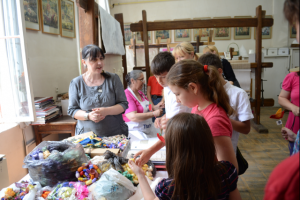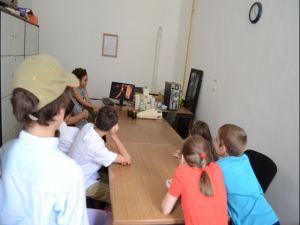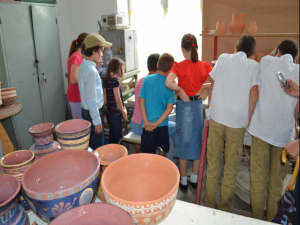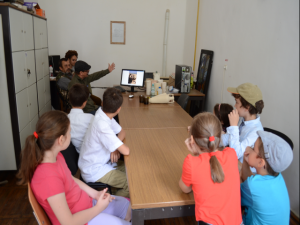Friday August 2 at 18h – informal meeting and discussion with specialists and archaeologists from ITM – Drs. Davide Delfino, Sara Cura, Pedro Cura and PhD student Sara Garcês. Professor Dragoş Gheorghiu discussed proposals to initiate the collaboration between the Time Maps team and ITM.
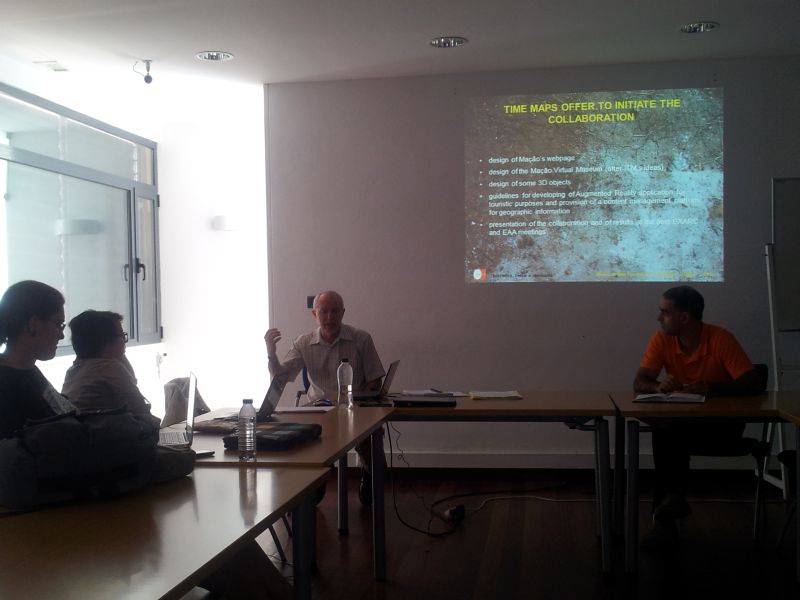
Friday August 2 at 16h – Professor Dragos Gheorghiu gave a presentation on the South Eastern Europe Chalcolithic traditions at the Museu de Arte Pré-Histórica de Mação, in the presence of a group of PhD students and young volunteers participating in the Summer School of Archaeology Mação. PhD students Matteo Cantisani (Italy), Andres Alarcon (Columbia) and student Marta Alves (Portugal) commented on some of the issues discussed.
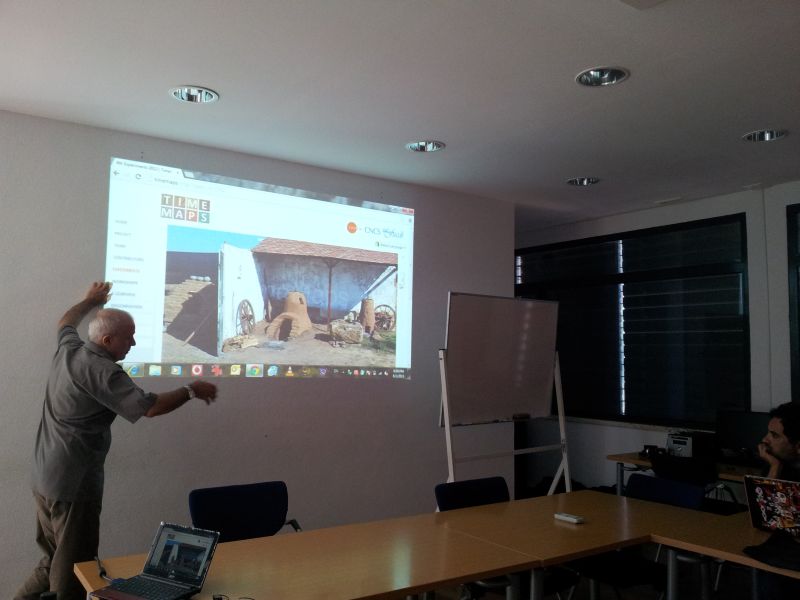
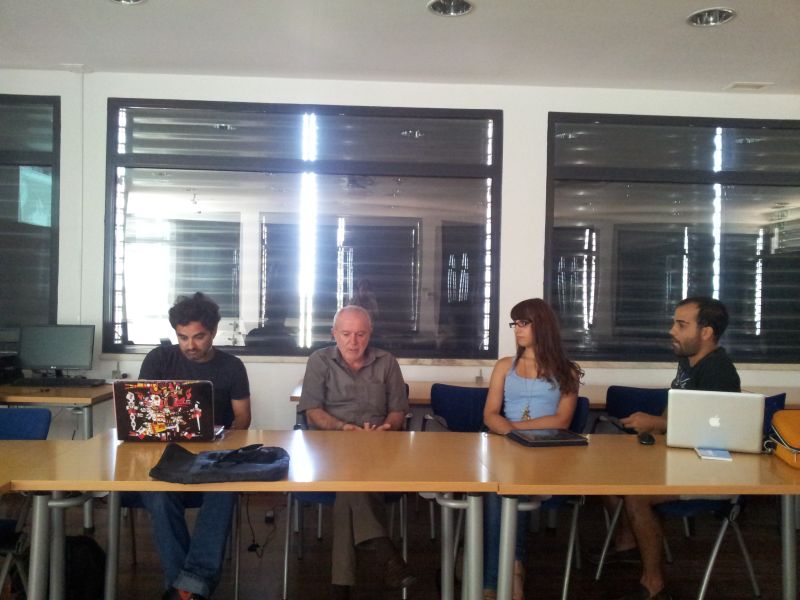
In early July 2013, Prof. Luiz Oosterback and Dr. Davide Delfino from Instituto Terra and Memoria (ITM) Mação, Portugal, extended an invitation to the Time Maps team to organize a conference on the research project at the Museu de Arte Pré-Historia de Mação and to conduct meetings with ITM specialists and PhD students, as well as with representatives of the Mação community, to identify concrete ways of cooperating with the project. To this end a 5 day programme was created. The Time Maps team selected a conference title and an abstract was posted on the ITM blog.
http://itmmacao.wordpress.com/2013/07/19/the-maps-of-time-real-communities-virtual-worlds-experimented-pasts

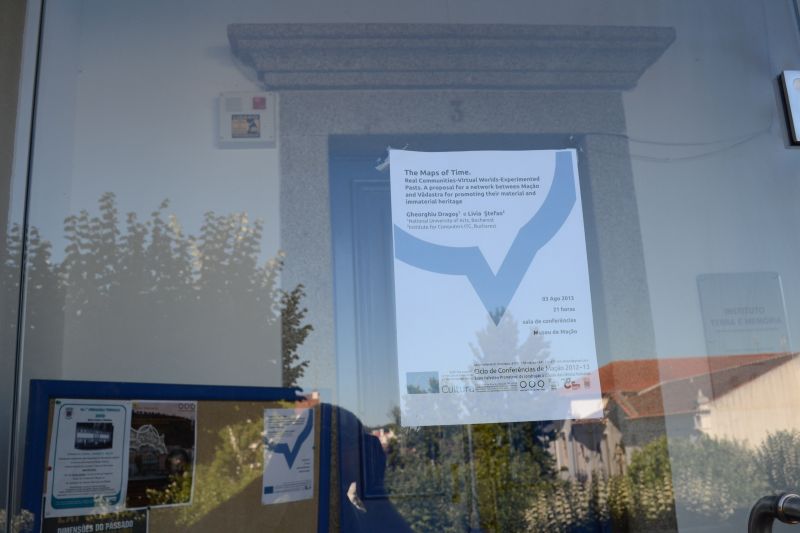
Wednesday, June 26, 2013, a group of children aged between 8 and 15 years old, accompanied by their parents, visited the Faculty of Decorative Arts Bucharest. Both children and parents were interested to know the results of the project Time Maps. Therefore, they visited one by one the departments of Ceramics, Metal, Textile and Art Restoration, where artists tried to suggestively describe the specifics of various technologies employed in the project. Children were explained in detail the scientific, educational and social aspects of the project, the technologies used, including those of Information Technology. Children navigated into the virtual reconstructions of the prehistoric house, the Roman villa, and in the Virtual Museum of Contemporary Art. Additionally some mobile applications were presented, after launching them by scanning the QR codes, which are displayed on the mobile-learning section of the site.
